Intro
Discover sales promotion strategies, tactics, and techniques to boost marketing efforts, drive sales, and increase brand awareness through discounts, coupons, and loyalty programs.
Sales promotion is a crucial aspect of marketing that involves activities and techniques used to stimulate sales, increase brand awareness, and drive customer engagement. It is a short-term marketing strategy aimed at achieving specific goals, such as boosting sales, introducing new products, or clearing inventory. Sales promotion can take many forms, including discounts, coupons, free samples, contests, and loyalty programs. The primary objective of sales promotion is to create a sense of urgency and encourage customers to make a purchase.
In today's competitive market, businesses need to stay ahead of the curve and adapt to changing consumer behaviors. Sales promotion plays a vital role in helping companies achieve their marketing objectives and stay competitive. By offering incentives and rewards, businesses can differentiate themselves from their competitors and attract price-sensitive customers. Moreover, sales promotion can help companies to build brand loyalty, increase customer retention, and ultimately drive long-term growth.
The importance of sales promotion cannot be overstated. It is a powerful tool that can help businesses to overcome sales slumps, clear inventory, and introduce new products to the market. Sales promotion can also be used to target specific customer segments, such as students, seniors, or loyal customers. By tailoring sales promotion strategies to specific customer groups, businesses can increase their marketing effectiveness and achieve better returns on investment. Furthermore, sales promotion can help companies to collect valuable customer data, which can be used to refine their marketing strategies and improve customer engagement.
Types of Sales Promotion
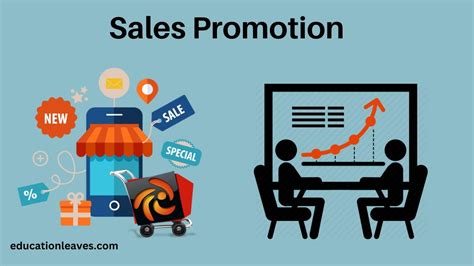
There are several types of sales promotion strategies that businesses can use to achieve their marketing objectives. These include:
- Discounts and price reductions: Offering discounts or price reductions can be an effective way to stimulate sales and drive customer traffic.
- Coupons and vouchers: Distributing coupons or vouchers can help businesses to attract price-sensitive customers and increase sales.
- Free samples and trials: Providing free samples or trials can help businesses to introduce new products and build brand awareness.
- Loyalty programs: Implementing loyalty programs can help businesses to retain customers and reward their loyalty.
- Contests and sweepstakes: Running contests and sweepstakes can help businesses to create buzz and generate excitement around their products or services.
Benefits of Sales Promotion
The benefits of sales promotion are numerous. Some of the key advantages include:- Increased sales: Sales promotion can help businesses to stimulate sales and drive revenue growth.
- Improved brand awareness: Sales promotion can help businesses to build brand awareness and increase their visibility in the market.
- Customer engagement: Sales promotion can help businesses to engage with their customers and build loyalty.
- Competitive advantage: Sales promotion can help businesses to differentiate themselves from their competitors and gain a competitive advantage.
- Customer data collection: Sales promotion can help businesses to collect valuable customer data, which can be used to refine their marketing strategies.
Sales Promotion Strategies
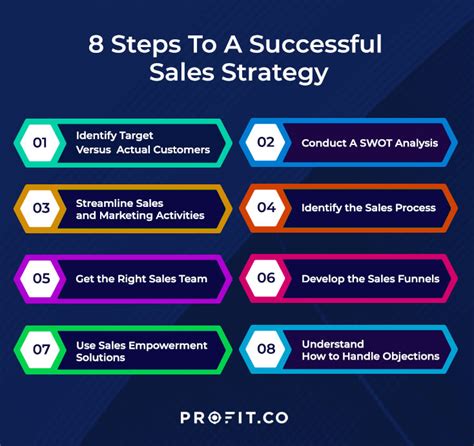
To develop effective sales promotion strategies, businesses need to consider several factors, including their target audience, marketing objectives, and budget. Some of the key strategies include:
- Segmentation: Identifying specific customer segments and tailoring sales promotion strategies to their needs and preferences.
- Positioning: Positioning products or services in a way that resonates with the target audience and differentiates them from competitors.
- Messaging: Developing messaging that resonates with the target audience and communicates the value proposition of the product or service.
- Channel selection: Selecting the most effective channels to reach the target audience, such as social media, email, or in-store promotions.
- Budget allocation: Allocating budget effectively to achieve marketing objectives and maximize returns on investment.
Measuring Sales Promotion Effectiveness
Measuring the effectiveness of sales promotion is crucial to evaluate its impact on business objectives. Some of the key metrics include:- Sales lift: The increase in sales revenue generated by the sales promotion.
- Return on investment (ROI): The return on investment generated by the sales promotion.
- Customer acquisition: The number of new customers acquired through the sales promotion.
- Customer retention: The percentage of customers retained through the sales promotion.
- Brand awareness: The increase in brand awareness generated by the sales promotion.
Common Sales Promotion Mistakes
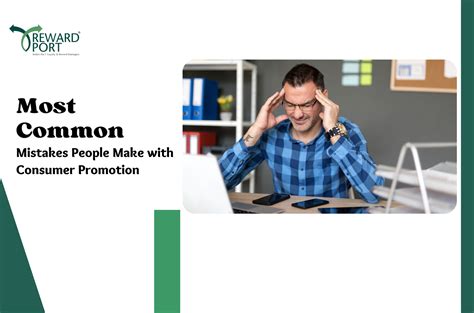
While sales promotion can be an effective way to drive sales and customer engagement, there are common mistakes that businesses should avoid. These include:
- Over-reliance on discounts: Over-relying on discounts can erode profit margins and create a culture of price sensitivity.
- Lack of clear objectives: Failing to set clear objectives can make it difficult to measure the effectiveness of sales promotion.
- Poor targeting: Failing to target the right customer segments can result in wasted resources and ineffective sales promotion.
- Inadequate budget allocation: Failing to allocate budget effectively can result in under-resourced sales promotion campaigns.
- Insufficient measurement and evaluation: Failing to measure and evaluate the effectiveness of sales promotion can make it difficult to refine and improve future campaigns.
Best Practices for Sales Promotion
To get the most out of sales promotion, businesses should follow best practices, including:- Set clear objectives: Setting clear objectives helps to focus sales promotion efforts and measure effectiveness.
- Target the right audience: Targeting the right customer segments helps to ensure that sales promotion efforts are effective and efficient.
- Allocate budget effectively: Allocating budget effectively helps to maximize returns on investment and achieve marketing objectives.
- Measure and evaluate: Measuring and evaluating the effectiveness of sales promotion helps to refine and improve future campaigns.
- Integrate with other marketing channels: Integrating sales promotion with other marketing channels helps to create a cohesive and effective marketing strategy.
Future of Sales Promotion
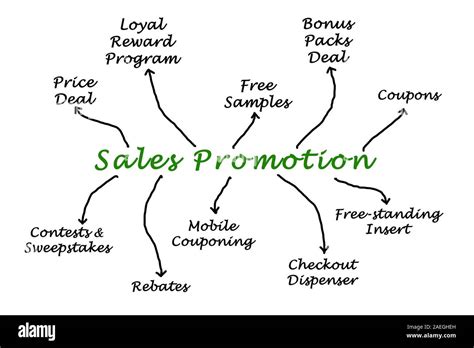
The future of sales promotion is likely to be shaped by technological advancements, changing consumer behaviors, and evolving marketing trends. Some of the key trends include:
- Personalization: Personalization is likely to play a bigger role in sales promotion, with businesses using data and analytics to tailor offers and messaging to individual customers.
- Digital channels: Digital channels, such as social media and email, are likely to play a bigger role in sales promotion, with businesses using these channels to reach and engage with customers.
- Experiential marketing: Experiential marketing is likely to play a bigger role in sales promotion, with businesses using events and experiences to create memorable and engaging brand interactions.
- Sustainability: Sustainability is likely to play a bigger role in sales promotion, with businesses using eco-friendly and socially responsible practices to appeal to environmentally conscious consumers.
- Data-driven decision making: Data-driven decision making is likely to play a bigger role in sales promotion, with businesses using data and analytics to inform and optimize their sales promotion strategies.
Sales Promotion Image Gallery
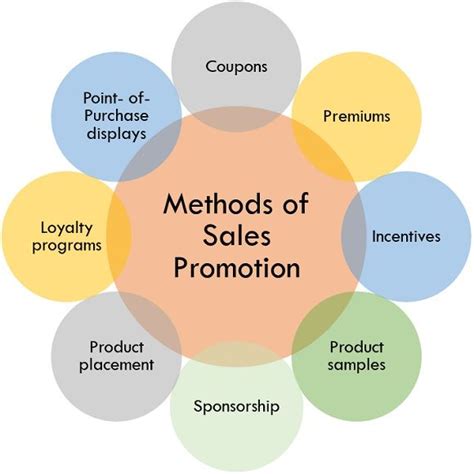

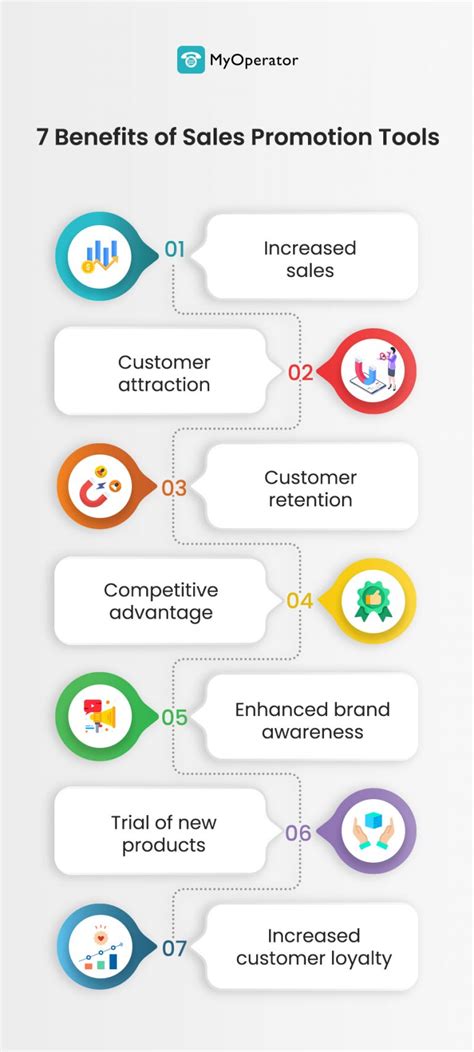
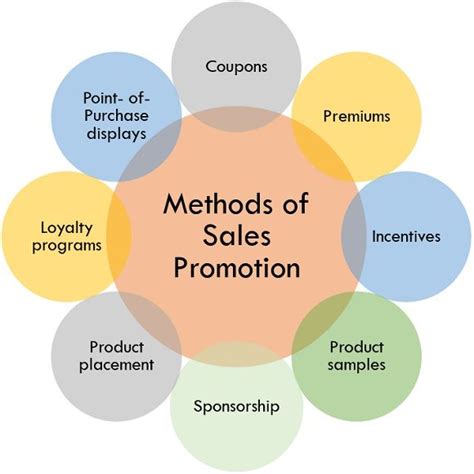
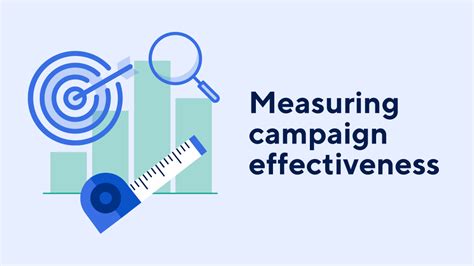
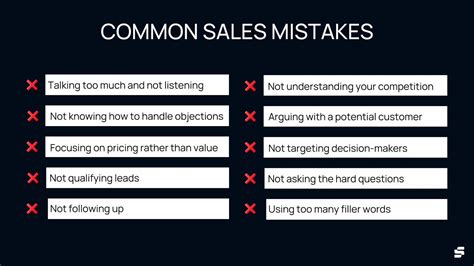



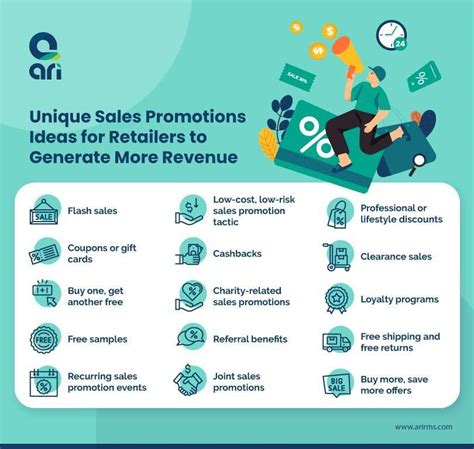
What is sales promotion?
+Sales promotion is a marketing strategy that involves activities and techniques used to stimulate sales, increase brand awareness, and drive customer engagement.
What are the benefits of sales promotion?
+The benefits of sales promotion include increased sales, improved brand awareness, customer engagement, competitive advantage, and customer data collection.
What are the common sales promotion mistakes?
+Common sales promotion mistakes include over-reliance on discounts, lack of clear objectives, poor targeting, inadequate budget allocation, and insufficient measurement and evaluation.
What are the best practices for sales promotion?
+Best practices for sales promotion include setting clear objectives, targeting the right audience, allocating budget effectively, measuring and evaluating, and integrating with other marketing channels.
What is the future of sales promotion?
+The future of sales promotion is likely to be shaped by technological advancements, changing consumer behaviors, and evolving marketing trends, including personalization, digital channels, experiential marketing, sustainability, and data-driven decision making.
In conclusion, sales promotion is a powerful tool that can help businesses to achieve their marketing objectives and drive long-term growth. By understanding the different types of sales promotion, benefits, and best practices, businesses can develop effective sales promotion strategies that resonate with their target audience and drive results. We encourage you to share your thoughts and experiences with sales promotion in the comments below and explore our other articles for more insights on marketing and sales strategies.
